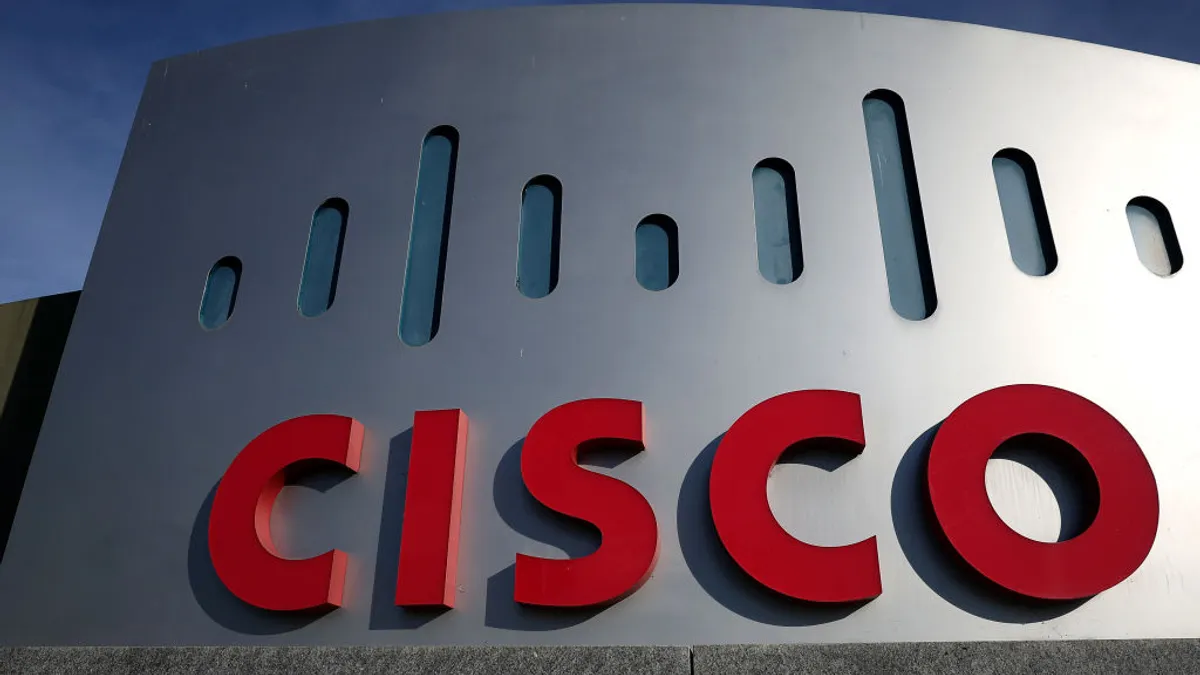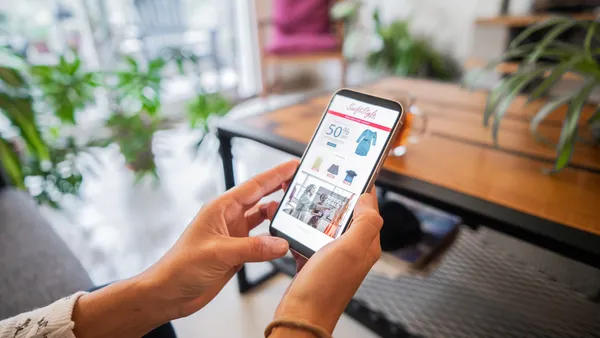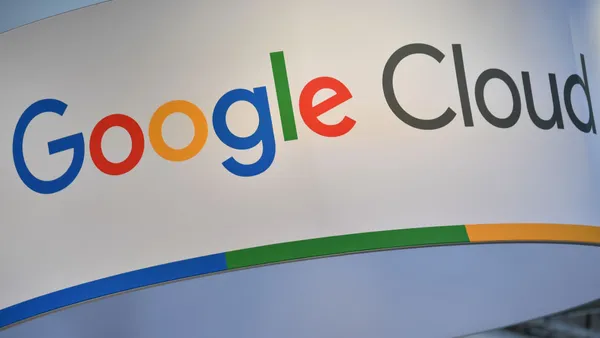It’s a common scenario: a customer receives a call from an unknown number. Assuming it’s spam, they decline the call and continue on with their day.
Only hours later, upon listening to the voicemail, do they realize it was a follow-up call from their doctor with eagerly awaited test results.
This scenario plays out time and time again, whether it’s a student loan servicer or HVAC repair tech, creating lost hours of employees’ time and missed connections, said James Garvert, senior vice president of TruContact Communications Solutions at TransUnion.
TransUnion decided to solve that. On Thursday, TransUnion and AT&T launched a capability for brands to display the reason for the call, along with the name of the company and brand logo, for Android users.
The goal of the technology is to build trust in companies’ phone calls to customers and encourage more customers to pick up the phone.
“What we've seen is if you authenticate these calls and add more information to the consumer, they trust these calls more, they answer the calls more,” Garvert said.
TransUnion began offering the capability to display the company name and logo last year. A TransUnion study of more than 1,500 U.S. consumers found nearly three-quarters said they’d be likely to answer calls if the company name and logo were shown.
Displaying the reason for the call is expected to boost that rate.
Companies that deploy the technology will be able to choose from a wide list of options, such as appointment reminder, customer service, refill reminder, delivery service and patient callback.
Customers still want the ability to speak to a human, especially for sensitive or complex issues, whether asking their bank about their mortgage or discussing health issues with their doctor. The TransUnion study found that 4 in 5 said the phone channel is important when communicating with businesses.
But robocalls and spam calls have eroded trust with phone calls.
“You want consumers to trust again,” Garvert said. “When it comes to the engagement with the enterprise, there's so much out there today of the bad actors leveraging the phone channel.”
Nearly three-quarters of consumers say they have not answered a call because they worry it's a scam, according to the survey. Another 7 in 10 said they have not answered a call due to safety or fraud concerns but later learned it was a legitimate number calling them.
Robocalls and scams have become such a large issue that Congress passed the TRACED Act, which provides the Federal Communications Commission new tools to fight robocalls. That alone doesn’t stop them.
To combat bad actors and maintain trust, TransUnion’s technology requires that companies verify their information. If it seems like a simple solution, the technology to implement and authenticate callers is much more complex, Garvert said.
“You have to have authentication in place as well because what you don't want to do is enable better scams and spam,” Garvert said. “You have to set up integrations on the front end with the enterprise to get call authentication in place, and then you have the deep integrations within the mobile networks.”
Original equipment manufacturers need to consume this information, too, he said.
By getting customers to pick up the phone more, companies can improve operational efficiency. It can save money and boost employee morale, too.
“Imagine you're an operator calling out all those times and constantly getting hung up on and yelled at or others for being bothered,” Garvert said. “Instead, you're connecting with the people who want to engage with you. You feel better at the end of the day with that type of engagement.”
While the reason for call capability is only available for Android and AT&T users at this time, Garvert expects the technology to expand to iPhones in the future.













